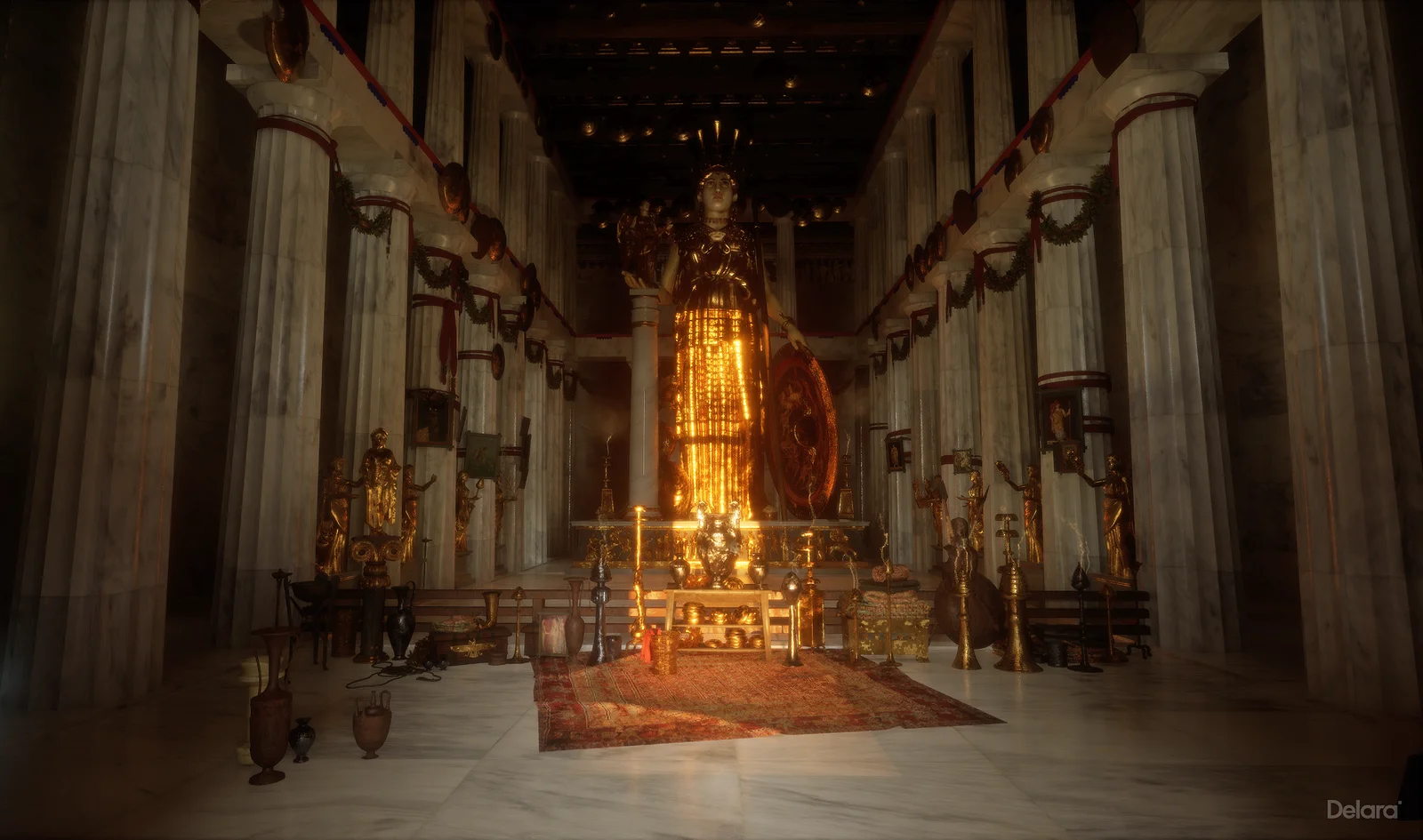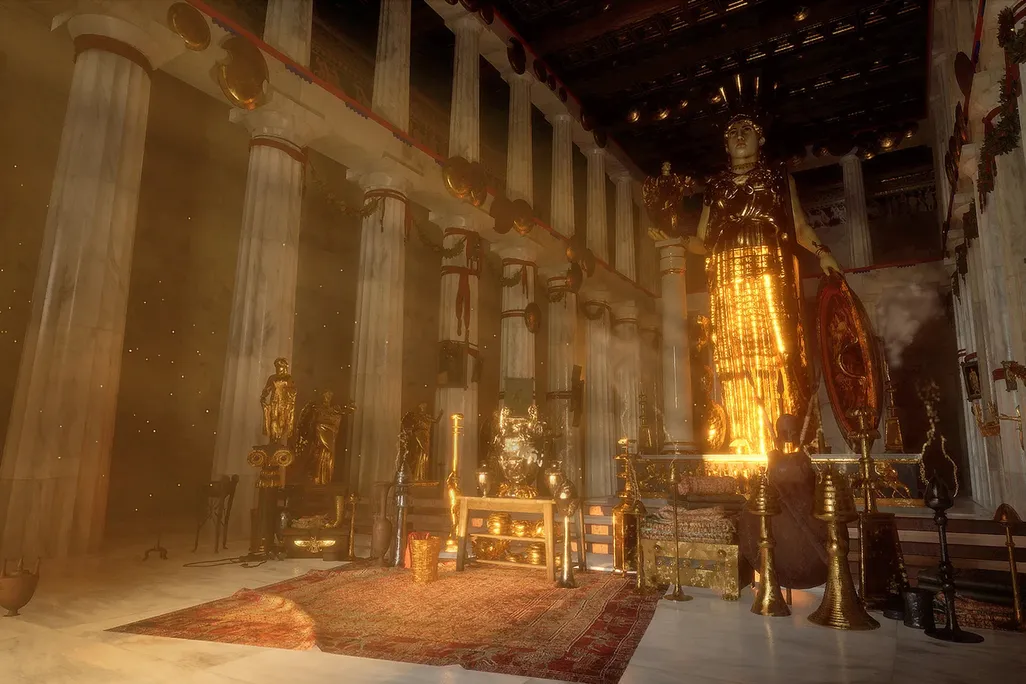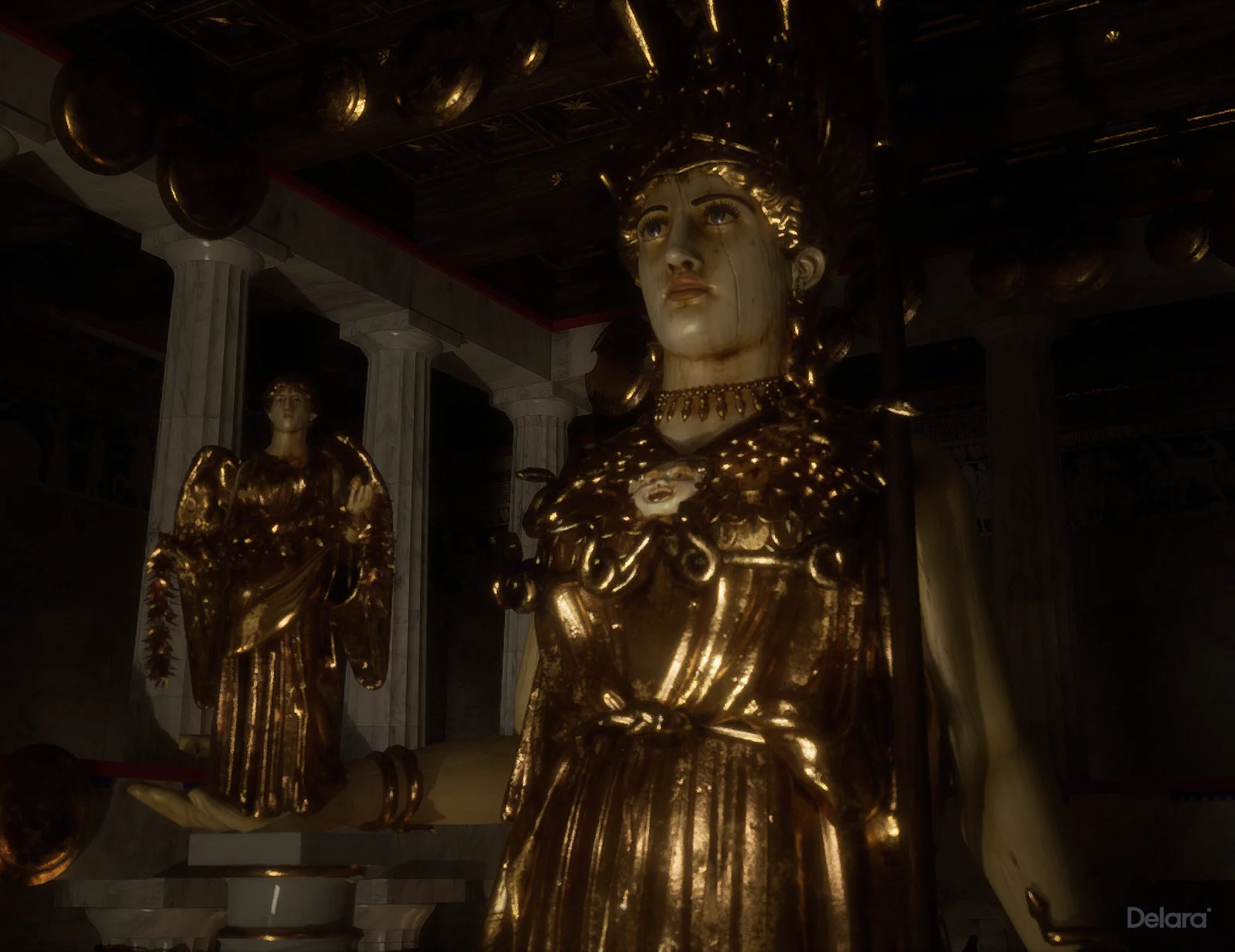Civilization moved past the use of castles long ago, but their imagery endures in popular culture. Even young children here in the twenty-twenties have an idea of what castles look like. But why do they look like that? Admittedly, that’s a bit of a trick question: the popular concept of castles tends to be inspired by medieval examples, but in historical fact, the design of castles changed substantially over time, albeit slowly at first. You can hear that process explained in the Get to the Point video above, which tells the story of “star forts,” the built response to the “technology that ended the Middle Ages.”
You may be familiar with the concept of “motte and bailey,” now most widely understood as a metaphor for a certain debate tactic irritatingly prevalent on the internet. But it actually refers to a style of castle constructed in Europe between the tenth and the thirteenth centuries, consisting of a fortified hilltop keep, or “motte,” with a less defensible walled courtyard, or “bailey,” below. In case of an attack, the battle could primarily take place down in the bailey, with retreats to the motte occurring when strategically necessary. The motte-and-bailey castle is a “great idea,” says the video’s narrator, provided “you don’t have cannons shooting at you.”
Castles, he explains, “were a reflection of armies at the time: build a big wall, keep the barbarians out.” But once the cannon came on the scene, those once-practically impervious stone walls became a serious liability. That was definitively proven in 1453, when “the Ottomans famously battered down the great walls of Constantinople with their cannons. That brought an end not only to the 1500-year-old Roman Empire, but also to the Middle Ages as an era entirely.” In response, castle architects added dirt slopes, or glacis, at the edges, as well as circular bastions to deflect cannon fire at the corners — which, inconveniently, created “dead zones” in which enemy soldiers could hide, protected from any defenses launched from within the castle.
The solution was to make the bastions triangular instead, and then to add further triangular structures between them. Seen from the side, castles became much lower and wider; from above, they grew ever pointier and more complex in shape. Sébastien Le Prestre, Marquis of Vauban, an army officer under Louis XIV, became the acknowledged master of this form, the trace italienne. You may not know his name, but his designs made France “literally impossible to invade.” For sheer beauty, however, it would be hard to top the plans for star forts to defend Florence in the fifteen-twenties by a multi-talented artist named Michelangelo. Perhaps you’ve heard of him?
Related Content:
Leonardo da Vinci Draws Designs of Future War Machines: Tanks, Machine Guns & More
How to Build a 13th-Century Castle, Using Only Authentic Medieval Tools & Techniques
A Forgotten 16th-Century Manuscript Reveals the First Designs for Modern Rockets
Based in Seoul, Colin Marshall writes and broadcasts on cities, language, and culture. His projects include the Substack newsletter Books on Cities and the book The Stateless City: a Walk through 21st-Century Los Angeles. Follow him on the social network formerly known as Twitter at @colinmarshall.




